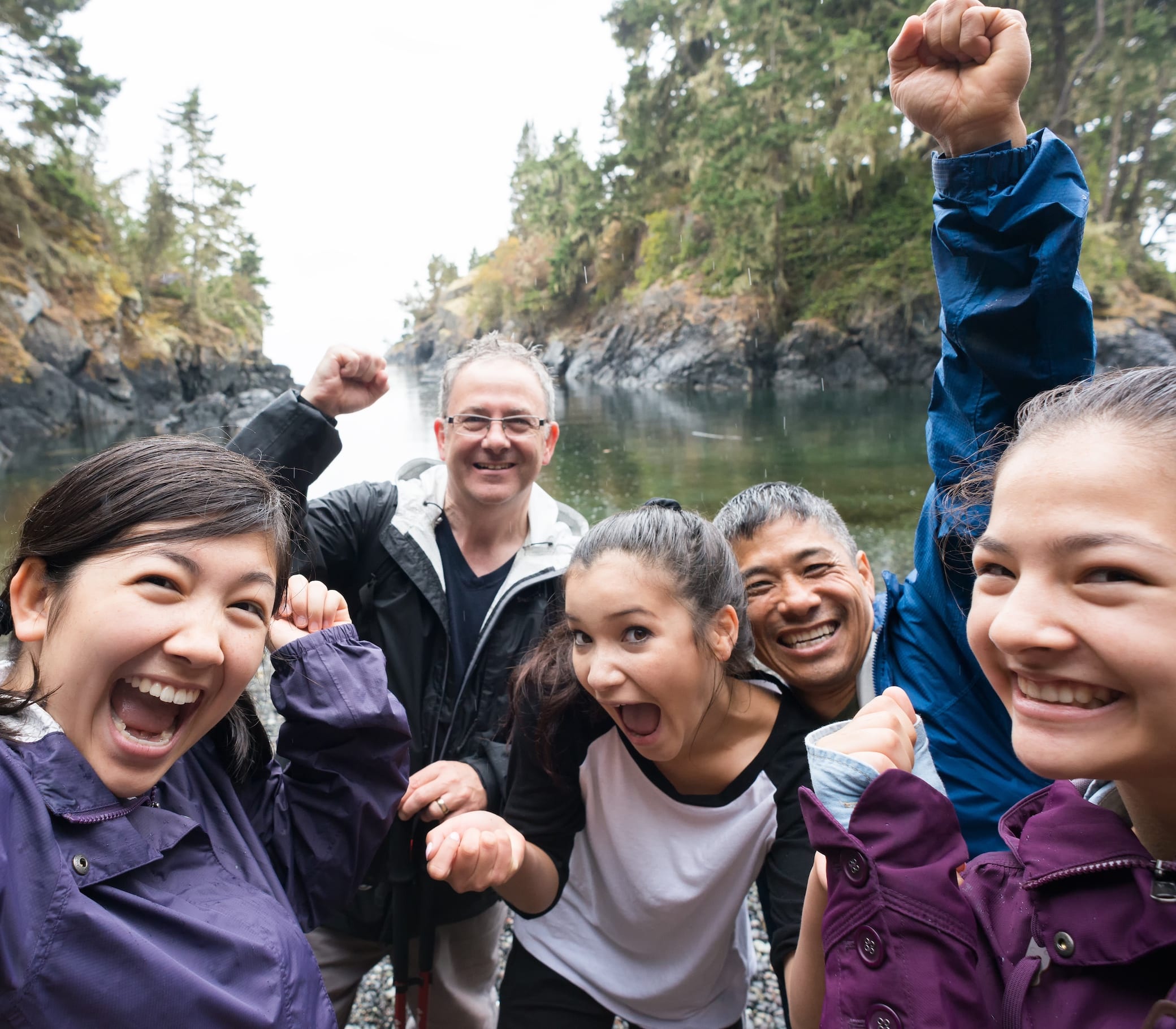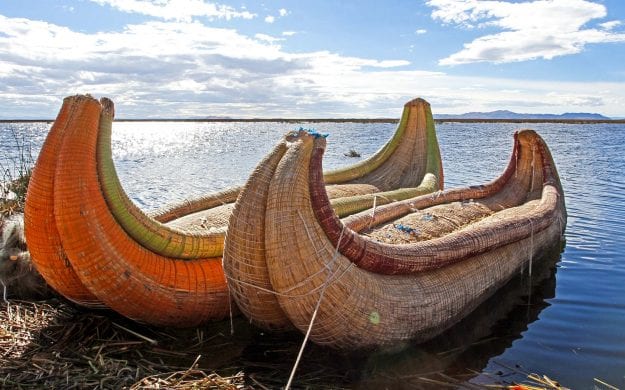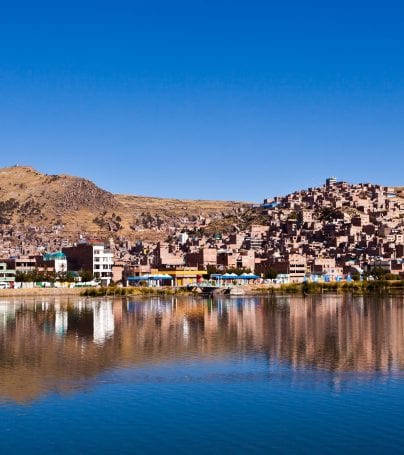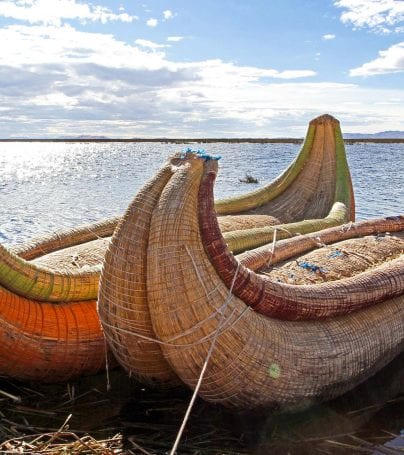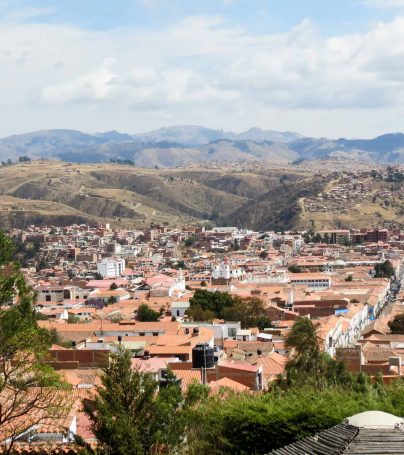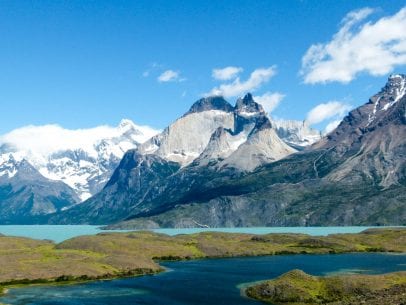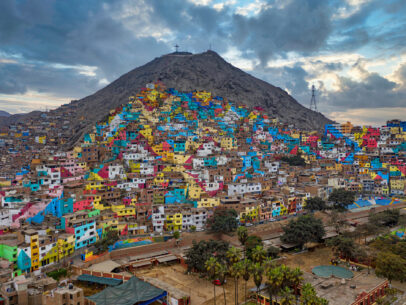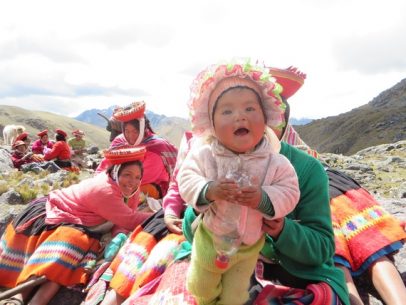Taquile Island Adventure Tours
Taquile is an island on the Peruvian side of Lake Titicaca 45 km offshore from the city of Puno. About 1,700 people live on the island, which is 5.5 by 1.6 km in size (maximum measurements), with an area of 5.72 km². The highest point of the island is 4050 meters above sea level and the main village is at 3950 m. The inhabitants, known as Taquileños, are southern Quechua speakers. Taquile, whose Quechua name some believe was Intika, was part of the Inca Empire and has a number of Inca ruins. The island was one of the last locations in Peru to capitulate to Spanish domination during the Spanish conquest of Peru. It was captured for Carlos V and eventually passed to Count Rodrigo of Taquila, after whom the island was named by colonists. As the Spanish forbade traditional dress, the islanders adopted the Spanish peasant clothing. They are known for maintaining that as traditional dress today. They combine this with finely-made Andean-style garments and accessories (ponchos, belts, mantles, coca-leaf purses, and others).
Taquileños run their society based on community collectivism and on the Inca moral code, ama sua, ama llulla, ama qhilla (Quechua for “do not steal, do not lie, do not be lazy”). The island is divided into six sectors or suyus for crop rotation purposes. The economy is based on fishing, terraced farming, horticulture based on potato cultivation, and tourist-generated income from the approximately 40,000 tourists who visit each year.
Taquileños are known for their fine handwoven textiles and clothing, which are regarded as among the highest-quality handicrafts in Peru. Knitting is exclusively performed by males, starting at age eight. The women exclusively make yarn and weave. Taquileans also are known for having created an innovative, community-controlled tourism model, offering homestays, transportation, and restaurants to tourists. Taquileans have lost control of transportation to and from their island. Although they still benefit by selling textiles and providing meals, they have almost no control over the mass day-tourism operated by non-Taquileans. Taquileans are developing alternative tourism models, including lodging for groups, and local guides, who have recently completed a two-year training program.
Taquile has a radio station and is equipped with generators, although islanders have elected not to use them in favor of solar panels. The island has the curious distinction of being free of dogs. The natives consider dog and cat delicacies. Although chicken is eaten, it is not raised on the island due to problems with foxes.
In 2005, “Taquile and Its Textile Art” were honored by being proclaimed “Masterpieces of the Oral and Intangible Heritage of Humanity” by UNESCO.
Customize Your Dream Adventure
We are here to help craft tailor-made adventures for individuals, couples, families, and groups of explorers.
